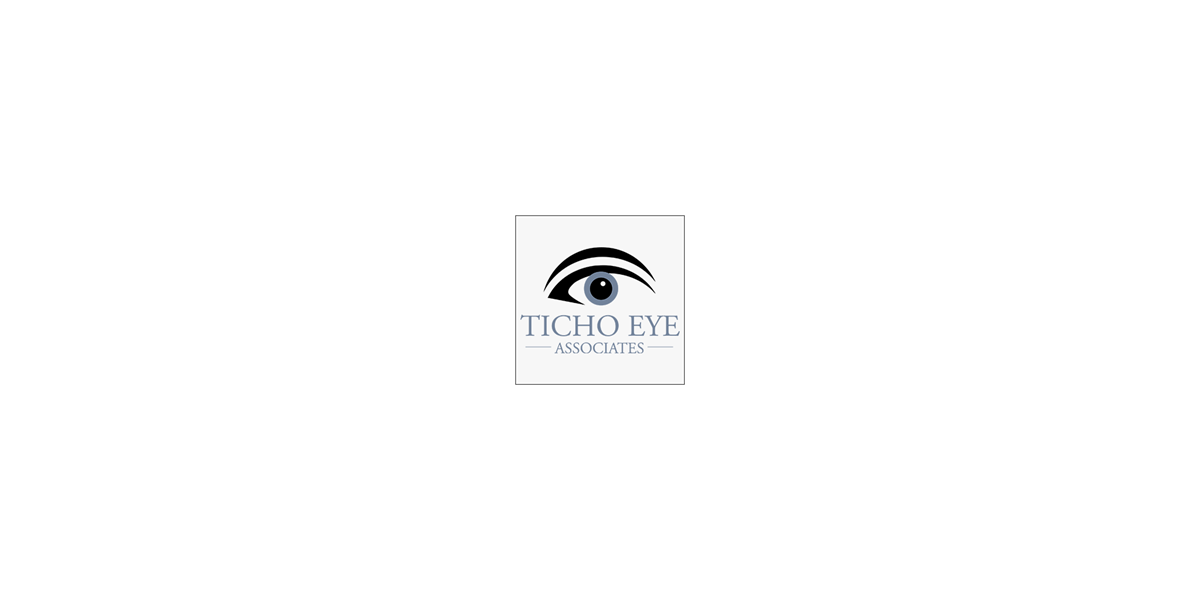How to Prevent Your Kids’ Glasses From Getting Thicker

Strategies to Reduce Myopic Progression Or How to Prevent Your Kids’ Glasses From Getting Thicker
Close to 30% of the world’s population has myopia or near-sightedness. That’s almost 2 billion people! In many communities the prevalence is much higher; 80-90% of high school graduates in East Asian countries are estimated to be myopic (British J Ophthalmology2018;102:855).
More concerning than just the frequency of needing glasses, however, is the increasing rate of very high myopia, which predisposes to a higher risk of a host of potentially very serious eye diseases, including retinal detachment, macular holes, choroidal neovascularization, glaucoma, and cataract.
Where did all this myopia come from? Genetic factors certainly play a role, but genes alone do not account for the increasing incidence of near-sightedness. Increased frequency and duration of near work (computers and handheld technologies) appears to contribute to myopic eye lengthening, though a “dose response curve” which might help define “how much is too much” has not been established yet.
Conversely, outdoor activity appears to have some protective effect on myopic progression (Exp Eye Res 2013:114;58), possibly related to the effect of natural sunlight on dopamine, nitric oxide and other neurotransmitters thought to retard axial elongation.
What is it about near work which might be contributing to myopia? When looking up close, the eyes focus (accommodate) and also converge. Theoretically, the prolonged convergent action of the medial recti (the inside muscles which pull the eye towards the nose) may have long-term stretching effects on parts of the eye (including the sclera = white outer eyewall).
There is early research being conducted on measuring collagen elasticity as a myopia risk factor. If collagen elasticity proves to be a significant marker of degeneration, then methods of stiffening collagen (collagen cross-linking) could have some beneficial preventive effect.
Rigid contact lenses fit very tightly overnight (a technique known as orthokeratology) do have some ability to flatten the corneal curvature, yielding an anti-myopia effect. Unfortunately, this effect is typically short-lived (twelve hours or less), with only slight long-term benefits, and no predictable prevention of axial elongation. Furthermore, the complication rate and expense of these contact lenses are dramatically higher than standard contact lenses, limiting the technique’s general usefulness.
4 strategies to help fight progressive myopia:
1. Reduce near-work time.
Limit the frequency and duration of near technology. (I hear a lot of parents sighing, “Right! – Good luck with that!”)
2. Spend more time outdoors.
This has been problematic during the Coronavirus pandemic lockdown, but the importance of regular outdoor activities for general well-being should be emphasized.
3. Consider the use of bifocal glasses or contact lenses.
One-day multifocal soft contact lenses (such as CooperVision’s Mi Sight https://coopervision.com/contact-lenses/misight-1-day) are gaining popularity in reducing the worsening of myopia. Peripheral diffusion lens glasses (such as those used in SightGlass technology https://www.sightglassvision.com) have also shown promise.
4. Low-dose atropine.
Ticho Eye Associates is proud to be one of a few selected clinical sites that investigate the use of eye drops to slow down nearsighted progression. We are currently participating in two such studies, including one sponsored by the National Eye Institute (https://clinicaltrials.gov/ct2/show/NCT03334253) and another from Sydnexis (http://www.sydnexis.com/prMay2019.html). These are long-term Studies which will collect efficacy data over the next several years.
Benjamin H. Ticho, MD